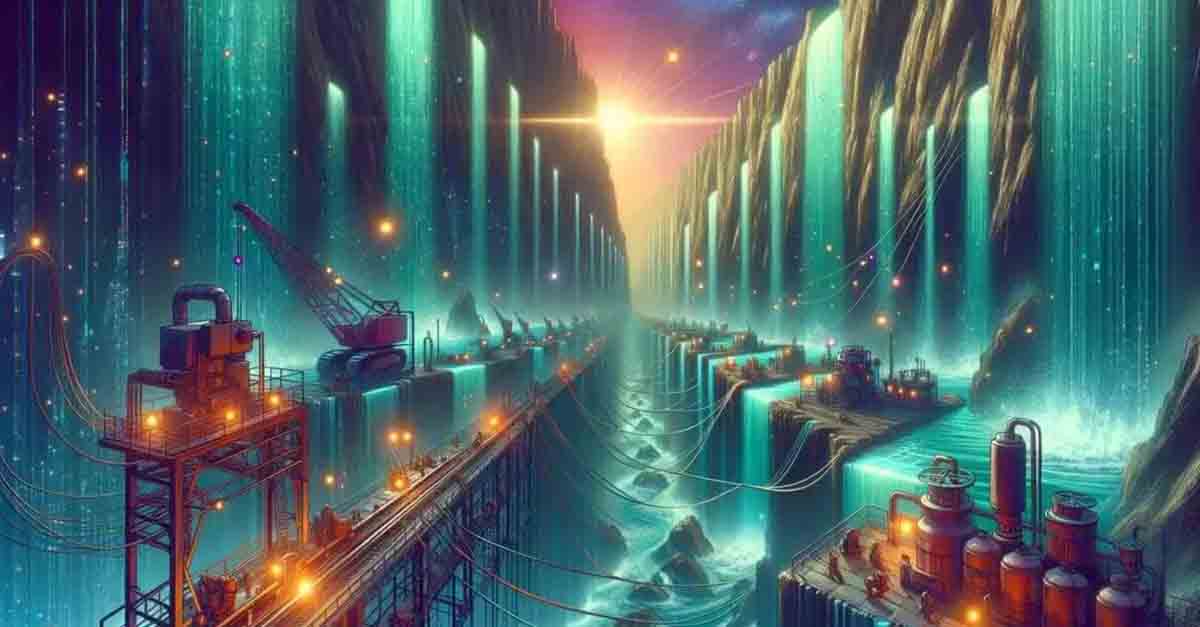
From Asset to Expense: How Unwanted Data is Hurting Your Bottom Line
Explore the challenges and costs associated with managing overwhelming data. Learn the limitations of generic DMSs and discover how RedEye can turn ...
Solutions
Workplace Management Solutions
Real Estate Management Solutions
Maintenance Management Solutions
Energy Management Solutions
Engineering Document Management Solutions
Asset Management Solutions
Automate campus scheduling for classes, meetings, and exams with our EMS software.
Plan and manage conferences effortlessly with EMS software to impress guests and streamline operations.
Boost workplace flexibility and maximize space use with seamless desk and room booking.
Organize workplace or campus events smoothly, creating memorable experiences.
Optimize workspace, manage allocations efficiently, and reduce costs with our space management solutions.
Deliver projects on time and within budget by improving communication, collaboration, and efficiency with our software.
Streamline lease accounting for ASC 842, IFRS, and GASB compliance.
Manage leases efficiently by tracking key dates, analyzing costs, and ensuring compliance.
Centralize data and analytics for better insights, faster negotiations, and revenue growth.
Centralize facility and asset maintenance, automate work orders, and ensure compliance with our CMMS software.
Extend asset life, reduce downtime, and prevent costly repairs with data-driven monitoring.
Prevent equipment failures and extend asset life by detecting and addressing issues early.
Make sustainable, cost-efficient energy decisions by monitoring and optimizing power consumption.
Remotely monitor and control equipment with real-time data to predict issues, boost efficiency, and reduce downtime.
Easily share and collaborate on documents, creating a single source of truth for engineers and contractors.
Manage and analyze assets across their lifecycle to schedule maintenance, reduce downtime, and extend lifespan.
Improve visibility, automate work orders, and ensure compliance for efficient facility and asset management.
Resources
Browse our full library of resources all in one place, including webinars, whitepapers, podcast episodes, and more.
Support
Looking for access to technical support, best practices, helpful videos, or training tools? You’ve come to the right place.
About Accruent
Get the latest information on Accruent, our solutions, events, and the company at large.

Effective engineering document management is crucial in industries like power, water, and mining, where accuracy and reliability are non-negotiable. This article delves into best practices, challenges, and specific needs of these sectors, offering insights into how organizations can streamline operations, enhance safety, and overcome common obstacles.
Strong and effective engineering document and drawing management is essential in many industries such as power, water, and mining, due to the vital role these drawings play in the design, construction, and maintenance of critical infrastructure and their impact in ensuring that these industries operate efficiently, safely, and reliably.
In this article, we will explore engineering drawings management in these sectors, breaking down the best practices, challenges, and specific considerations for the power, water, and mining industries.
Engineering drawings management involves the systematic organization, storage, retrieval, and control of engineering drawings throughout their lifecycle. In the power, water, and mining sectors, engineering drawings are critical to the design, construction, and maintenance of various infrastructure components. These drawings include equipment schematics, electrical and instrumentation diagrams, process flow diagrams, site plans, and piping and instrumentation diagrams.
Effective engineering drawing management is critical to ensuring that these industries operate efficiently, safely, and reliably, as poor engineering drawing management can result in errors, delays, increased costs, and safety incidents. Therefore, it is essential to follow best practices and address the specific challenges in these sectors.
Engineering drawings can come in various file types, each with its own benefit and limitation. Understanding each type's strengths and weaknesses will help your organization choose the type that best suit its needs.
Here are some common file types you will come across:
Factors such as compatibility, size, and editing capabilities will play a large role in determining if a file type meets the needs of your organization. Selecting a robust Engineering Document Management solution can provide file type flexibility by increasing your ability to store, share and mark up a broad range of file types.
Effective engineering drawing management ensures that all stakeholders have access to accurate, complete, and up-to-date information, but in order to achieve this, an organization must have the right drawing management processes in place.
Below we outline our top 5 best practice tips for engineering drawing management:
We chose RedEye because of its clean-up ability, as we had such a disarray of information. That was the key reason for us because it gave us those tools to help go back and clean up our documents.”
- Rob Trout, Digital Transformation Leader, WestSide
Achieving strong and effective engineering drawing management can present a few challenges to your organization such as:
Effective engineering drawing management is critical for asset and infrastructure-owning sectors, such as power, water, and mining, as it can help ensure the safe and efficient operation of infrastructure and facilities.
Through establishing strong policies and choosing a solution that follows best practices, your organization can manage engineering drawings effectively, ensuring that all stakeholders have access to accurate and up-to-date information, whilst reducing the risk of errors and delays.
Although your organization may face challenges in managing engineering drawings, by partnering with a trusted solution that works hand-in-hand with your industry, these challenges can be overcome improving your engineering drawing management and transforming how you work in order to drive efficiency and safety.
If you're looking to improve your engineering drawing management, book a no-pressure personalized demo and see why RedEye is the trusted solution for over $450b worth of assets worldwide.
Explore the challenges and costs associated with managing overwhelming data. Learn the limitations of generic DMSs and discover how RedEye can turn ...
Discover how an EDMS simplifies managing engineering drawings, documents, and data while boosting efficiency with tools for control and compliance.
Delve into why water utilities must share information for collaborative success and the challenges they face in doing so.
Subscribe to stay up to date with our latest news, resources and best practices